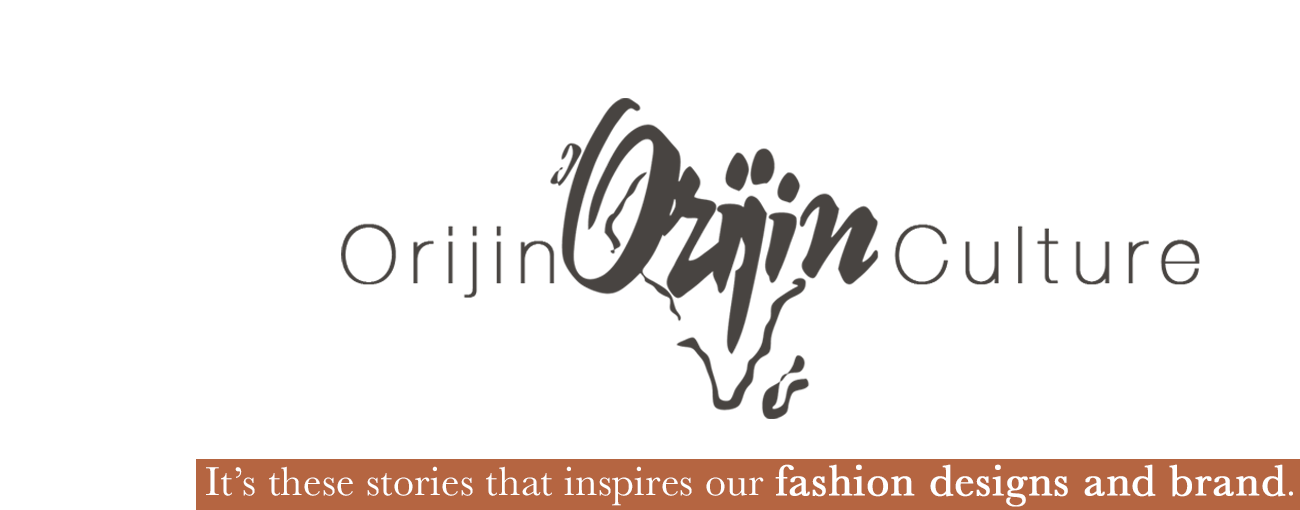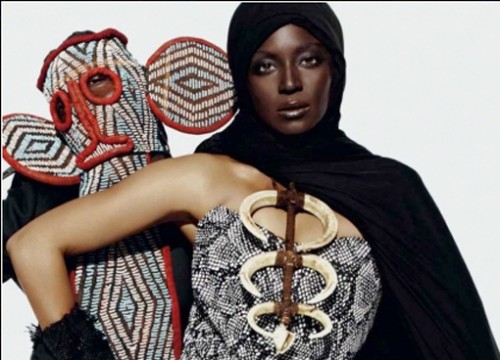“Far from the glamorous Sasha Fierce, the beauty posed for the magazine with amazing fashion designers clothes, but also in a dress created by her mother. [It is] A return to her African roots, as you can see on the picture, on which her face was voluntarily darkened.” A statement releaseed by L’OFFICIEL
Decoding the controversy around Beyonces photo shoot as Blackface :
History of “Black face”
 Popular during 19th century, “Blackface” was a theatrical makeup used in minstrel shows where charcoal paste or burnt cock was used to paint a dramatic black skin tone on the faces of white or black performers. These blackface paint and exaggerated red or white painted lips were said to represent the Black Race. Blacks in general were not allowed to perform unless covered in the blackface. These racist caricatures created stereotypes on the Black race with characters and acts such as the “happy-go-lucky darky on the plantation” and “dandified coon”. William Henry Lane, aka Master Juba, who invented “tap dancing” was said to be the first Black performer in blackface. He was later allowed to perform in his own skin as he became popular. An uprise of civil rights movement in the 1950’s allowed protests from the NAACP which brought an end to “Blackface” scenes on TV shows such as Babes in Arms and Holiday Inn.
Popular during 19th century, “Blackface” was a theatrical makeup used in minstrel shows where charcoal paste or burnt cock was used to paint a dramatic black skin tone on the faces of white or black performers. These blackface paint and exaggerated red or white painted lips were said to represent the Black Race. Blacks in general were not allowed to perform unless covered in the blackface. These racist caricatures created stereotypes on the Black race with characters and acts such as the “happy-go-lucky darky on the plantation” and “dandified coon”. William Henry Lane, aka Master Juba, who invented “tap dancing” was said to be the first Black performer in blackface. He was later allowed to perform in his own skin as he became popular. An uprise of civil rights movement in the 1950’s allowed protests from the NAACP which brought an end to “Blackface” scenes on TV shows such as Babes in Arms and Holiday Inn.
With that said you can well understand the emotions flaring around the controversial Beyonce image. It might look artistically appealing but the negative connotation it brings is not welcoming in the eyes of the Black race in the US.
The Culture of Face Paint in Africa?
 In Africa, face painting is used in cultural ceremonies like weddings, rituals, drumming and dancing events, traditional festivals and various special occasions. It is also used for expressions like “happiness of giving birth to a child” and many others. Face painting has for centuries been used to identify a tribe. In this modern day and age, we take pride in those aspect of art and culture as you see in many African model photo shoots. Face painting in its rightful representation is the pride of being “African and embracing our rich culture.”
In Africa, face painting is used in cultural ceremonies like weddings, rituals, drumming and dancing events, traditional festivals and various special occasions. It is also used for expressions like “happiness of giving birth to a child” and many others. Face painting has for centuries been used to identify a tribe. In this modern day and age, we take pride in those aspect of art and culture as you see in many African model photo shoots. Face painting in its rightful representation is the pride of being “African and embracing our rich culture.”
Statement by theFrench fashion magazine “L’OFFICIEL in regards to the image?
“L’OFFICIEL is very proud to present its March issue featuring Beyoncé in African-inspired dresses and jewelry by top designers, including Gucci, Azzedine Alaia, Fendi, Pucci, Chanel, Louis Vuitton, Rodarte, Dolce & Gabbana, Cartier and Lanvin. Designer Tina Knowles, who is also Beyoncé’s mother, created a one of a kind couture piece. The designs are all reflective of the African influence on fashion this season. Miss Knowles poses with royal allure. A queen, a goddess, Beyoncé is a bombshell beauty with a divine voice. We’re thrilled she’s opening a season of celebrating the 90th anniversary of L’Officiel de la Mode. The series was conceived as using art and fashion in paying homage to African queens.
Beyoncé mentioned the artist Fela Kuti in the interview as one of her musical inspirations. It was later misquoted as the inspiration for the shoot. We would like to clarify that it is not the case. As for the artistic makeup, the inspiration came from several African rituals during which paint is used on the face. We find the images beautiful and inspiring.
L’Officiel would like to thank Beyoncé for her outstanding contribution to this celebration of African influences in Fashion.”
Orijinal Question…
- At first glance what do you see as an African, African American or African living in the Diaspora, in respect to all cultures? Should this be seen as the negative “Blackface” or the pride of Africa Art?
- Knowing the fact that this is an European magazine, would it have made a difference if it was an African Magazine or a Caribbean magazine? Would we have seen this as an image embracing the different shades of color in Africa?
- With respect to the black community in the USA and the fact that Beyonce, an American born superstar who was chosen for this shot, should this be seen as a naive poor decision by L’Officiel, is this point blank Stereotyping or is it acceptable knowing the ideology behind the photoshot?
- In the statement above , released by L’Officiel, they defend their image and claim the shots taken were to celebrate African influenced Fashion. They make mention of Gucci, Azzedine Alaia, Fendi, Pucci, Chanel, Louis Vuitton, Rodarte, Dolce & Gabbana, Cartier, Lanvin and places emphasis on Tina Knowles. Were there any African designers exhibited in the magazine to give credit to their claim that they were “celebrating African Influenced Fashion?” How can you celebrate African influenced fashion without making any big recognition of the core African top designers?

Latest posts by cadmin (see all)
- The Story of a Ghetto Boy - June 28, 2015
- The Rise of The Next Gen. Marley’s | Bob Marley’s grandsons (VIDEO) - May 8, 2015
- Meanwhile somewhere in Sweden, these Swedish African dancers… - March 24, 2015









